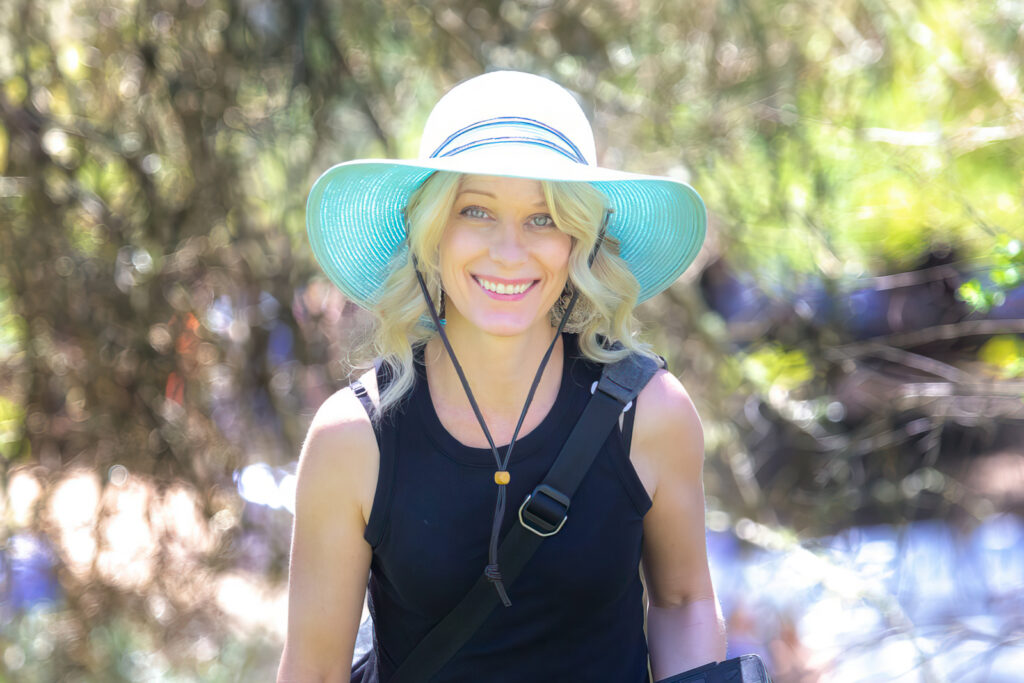
Building a Creative Practice
“No pressure, no diamonds.”
– Documentary photographer John Curley, quoting Scottish historian Thomas Carlyle

Inventiveness Over Inspiration
“Must be nice.” We’ve all had that thought at one time or another, probably especially as we were young or just starting out. As eager creators, we imagine the incredible things we’d do if only we had ample resources and time to manifest our creative visions. As someone who has fashioned reflectors out of scrounged poster board and used a stepladder (with a variable-height stack of books!) as a tripod, I get it. Sometimes it’s a bit janky or inconvenient to make do, and I have vaguely wondered if my makeshift solutions will somehow reveal themselves in the final image. That it might look less polished, and I, less professional.
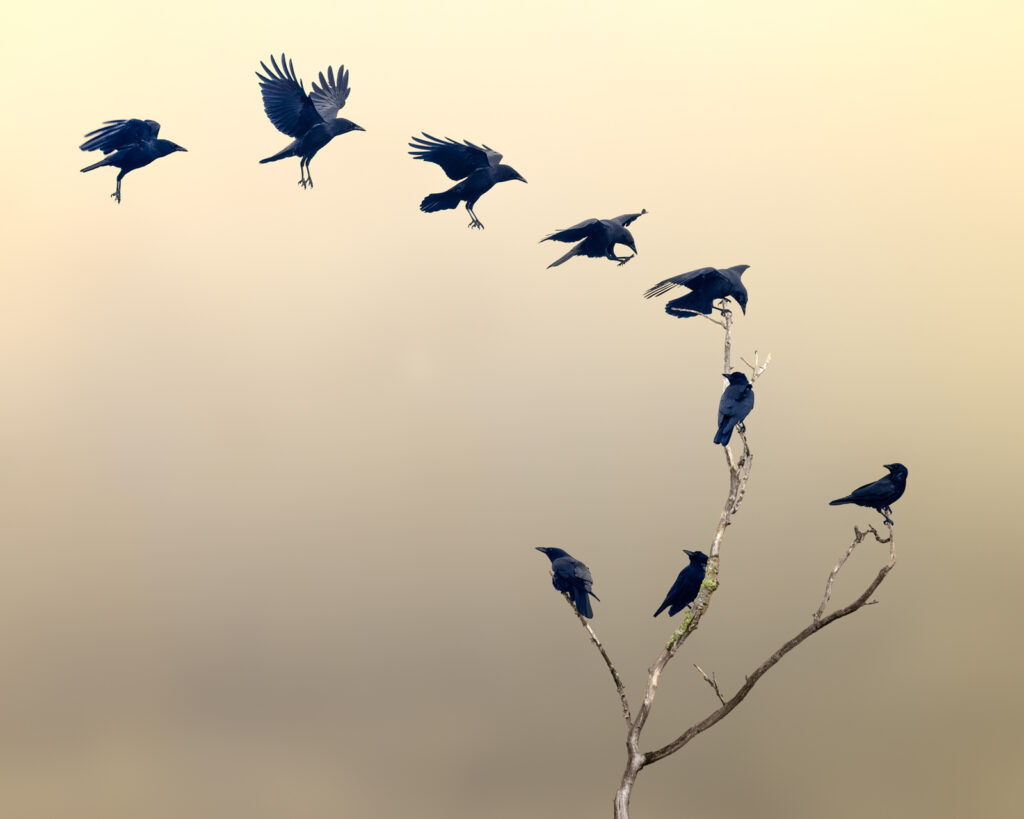
Aside from using “trash” materials, scrounging for time you don’t actually have is no different: I’ve been calling in sick to corporate jobs in order to stay home and work on art projects for decades. I’m not exactly proud of this (a white lie), but I certainly don’t regret it. Over time, I have also been able to save up and take a bit of time off in between the 9-5 jobs to focus on creative work. A few weeks or months here and there have allowed me to undertake some larger projects that are just too hard to accomplish piecemeal during intense, full-time employment.
When time and resources are squeezed, it’s exhausting to constantly eke them out, or try to compensate with inferior alternatives. But as my good friend Scout says, “reality bats last.” In the face of real life responsibilities, you simply choose your projects carefully, incorporate the chaos and get them done as best you can. Slow and steady.
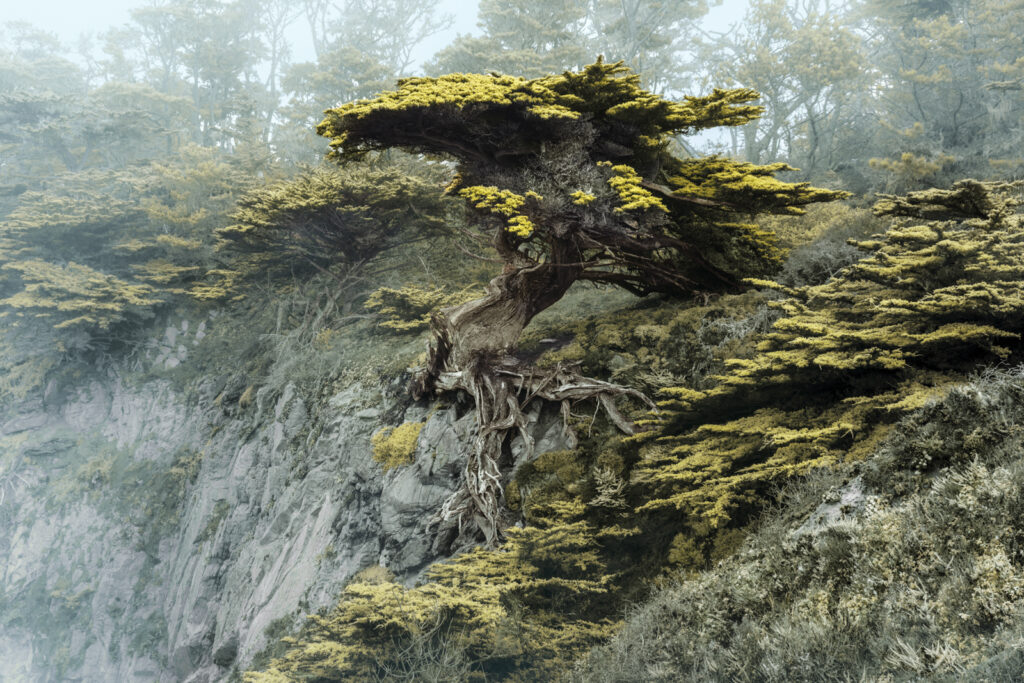
Any artist who has experienced hard times knows that pressure, struggle and heartache are all highly motivating creative forces. Emotions are more easily accessible, and the act of creating helps us process and deal with them in a pretty direct way. We manifest art that is vibrant, true and from the heart. It’s an artistic ideal in a way, but continual stress and strife is no kind of life.
This is not a promotional piece for The Starving Artist Lifestyle™, but in my experience, it is usually easier to create strong work in difficult circumstances than in easy, carefree times. So what if you’re, ironically, not lucky enough to be struggling under weighty existential or material burdens?
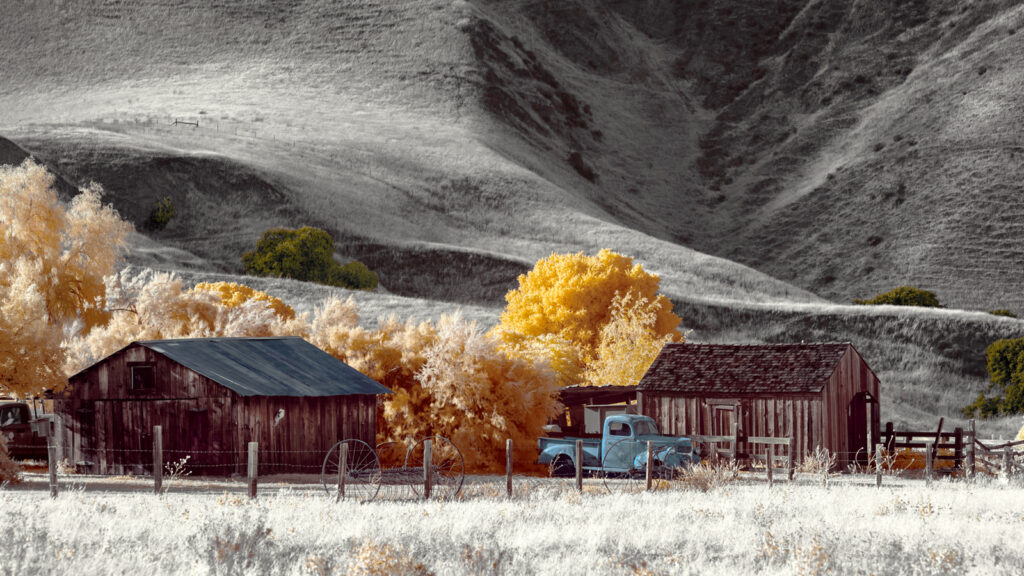
It can be a little harder to conjure passion and inspiration when we’re in a more comfortable spot. Urgency and motivation become elusive, and we may not feel particularly drawn to anything. Some of us start collecting gear to help create an internal buzz. Toys are fun and open up new possibilities, for sure. But having everything you might ever need can backfire, too.
Option overload – the stressful feeling caused by having too many choices available – is real. The simple question of, “What should I photograph?” can send us into a spin. Never mind subject or location, simply choosing a lens can become a bigger deal than we bargained for. Telephoto, zoom, telephoto zoom, macro, wide-angle, fish eye, special effects lens – I personally own at least one in each category and it can make packing a day bag a whole mental exercise. Will I be capturing wide open landscapes, small scenes at a distance, or botanical portraits? Should I bring the ultra-wide just in case? Is it redundant to the regular wide? Will I actually use the blur lens if I throw that in?
Overwhelmed with possibilities, we lose touch with our own preferences, and that once crystal clear, grand conception we had softens and becomes murky. This is option overload, or choice paralysis.
In the worst case, fancy gear can become a substitute for imagination. Are you growing with your new technical capabilities? Are the tools helping you evolve and invent new answers to timeless challenges? If you’re ultimately striving to create ever-better art, the answer needs to be a solid “yes”, or you might ponder a different tack.
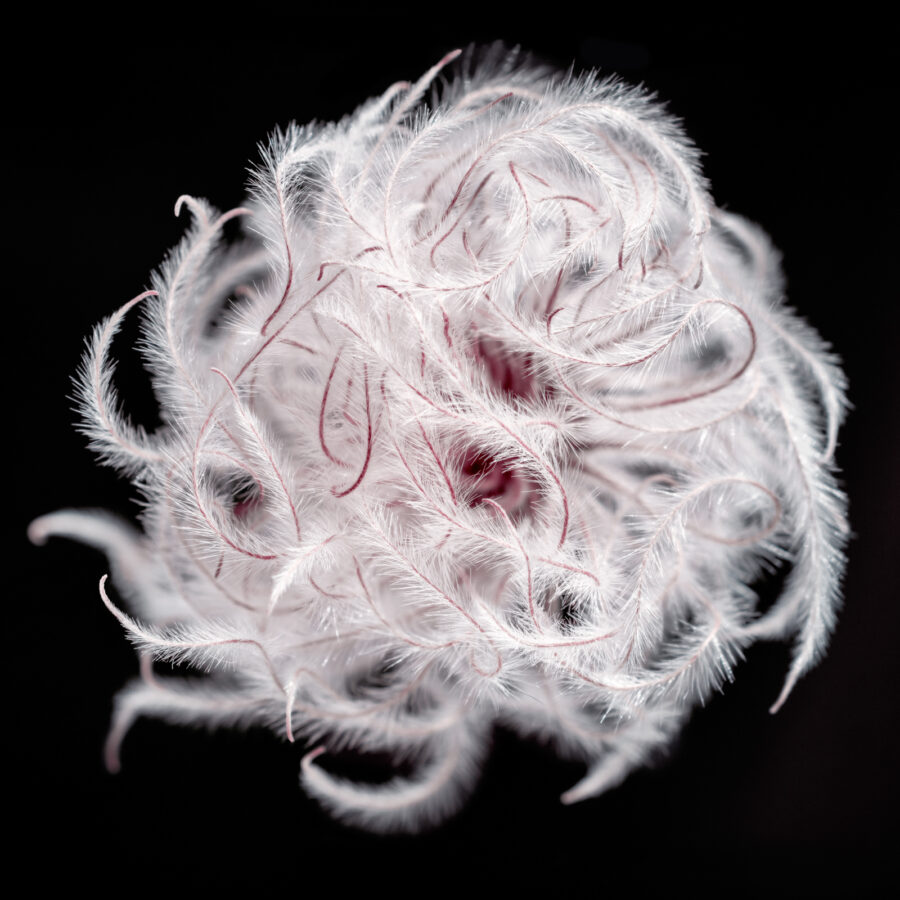
So are true artists destined for a life of inspired distress? Are the comfortable doomed to mediocrity? Here’s an idea:
What if both inspiration and resources are overrated in the first place? They loom large in our collective minds and are critical drivers of what we all create, but maybe we don’t particularly need either of them to create extraordinary work that embodies our unique visions.
I do believe that limitations beget creativity. With fewer tools and a tight schedule, you have to figure things out and come up with solutions that fit the parameters you’re working with. When you do this, your mind is more engaged and you become oriented to ‘What if?’ and ‘How about?’ and ‘That didn’t work; let me try something new.’ This way of thinking inevitably turns out more and different ideas than if your path were straightforward and off-the-rack, as it were. If it’s your goal to do something that the world’s never seen before, or become known for something very specialized, you’re much more likely to achieve that within constraints that push your creativity into overdrive.
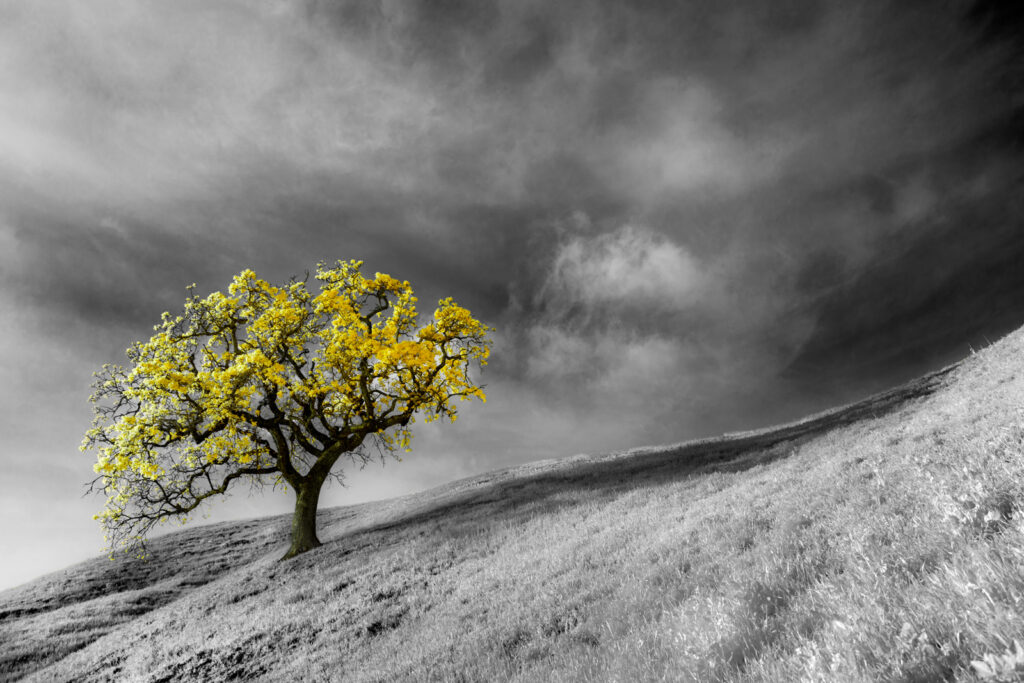
Limiting your toolset can be a way to amplify your powers of imagination. Remember our 1980s TV folk hero, MacGyver, who always did the most with the least. When you need to stop a radioactive leak in under five minutes with a stick of Big Red – and I’m sure we’ve all been there – you’ve got to innovate a little. Constraints are an imagination force multiplier that drive the evolution of both our interpretation of the problem and the novelty of our solutions.
In the real world, we can get these benefits through simple choices. You might limit yourself to only a single lens on a photo outing, or commit to using only what you have on hand for an upcoming style campaign. It doesn’t have to be severe, and it’s not a punishment. Though, if you really want a challenge, you could try something like cyanotype or a potato camera.
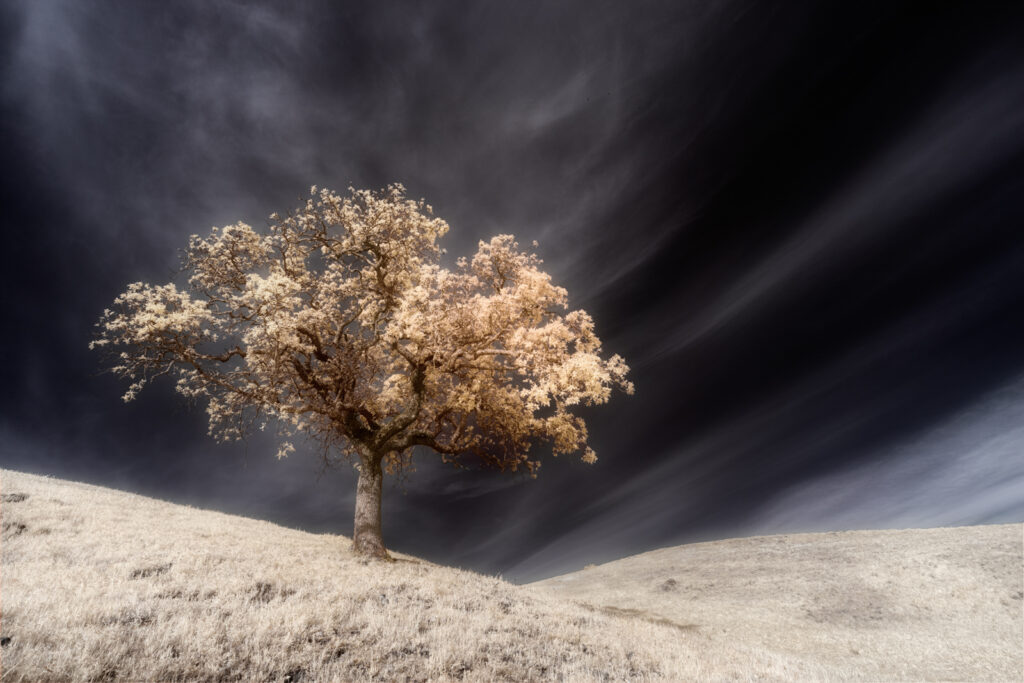
Assignments are another easy way to put guardrails around the seemingly limitless possibilities of what to photograph, and to kick the imagination into gear. There are a million lists online of interesting photo assignments, or you can come up with your own. Don’t get caught up in choosing the perfect assignment. It doesn’t matter that much if it’s deeply meaningful or emotionally significant to you. Just pick one that seems a little interesting and give it a go. The doing is what counts.
What Should I Photograph?
Wherever you are now, step just outside. Look around. Examine and appreciate the smallest visible components of nature in your immediate environment. You can do this in the mountains or in the city. Surely you at least have an ugly old sidewalk with weeds growing out of the cracks. Have you ever really looked at those weedy fleabane poofballs, dancing like soft fairies in the verge, in the early morning light? Have you noticed that the spiky edges of sowthistle leaves make them resemble cartoon POW! bubbles? Ugly sidewalks can be so beautiful. Photo worthy, even.
Looking deeply at the details of things as if you’ve never seen them before absents you from self awareness. If you slowly widen your field of view while noticing individual components within the scene around you, you’ll begin to see that each object is placed just so, each is a critical player in the tableau. There you are, realizing the orchestration of formerly invisible parts into the perfect, dazzling whole of the universe. Your eyes have become new to the world. Hopefully you have your camera on you when you do this. Even a phone camera will do.
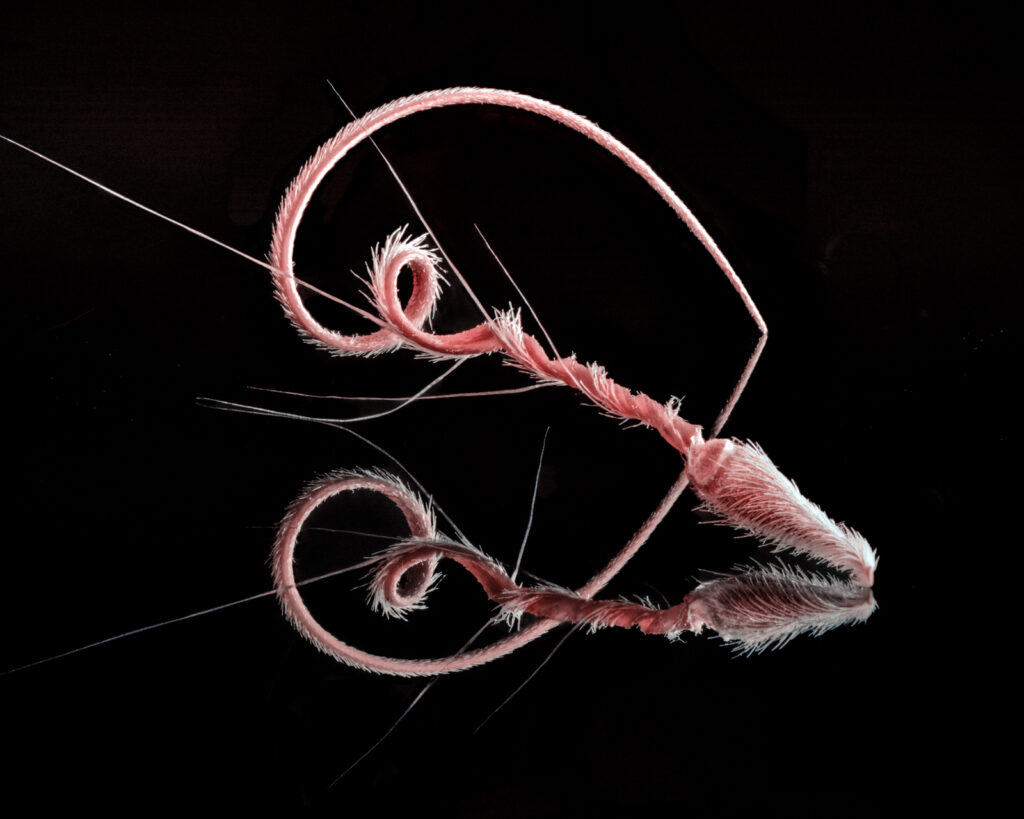
How Do I Know What I Like?
Try, try, try things out. When you are ‘seeing’, what do you find beautiful? What sparks a question in your mind? The simplest ideas can help frame, capture and communicate your findings. By opening your mind to wander freely over the scene before you, you will find yourself drawn to particular shapes, colors and lighting. A simple toolset helps frame a subset of possibilities while leaving plenty of room to experiment and push boundaries. Putting less structured intent into the task at hand and reducing the number of decisions (choices) that need to be made allows your subconscious to have more influence. The mind stays loose and free, and the work begins to take shape, becoming highly personal and reflecting more of you and your unique viewpoint. The specific tools lose importance and your connection to the subject supersedes inspiration.
You can alternate between states of free imagination and directed self-assignment as a way to blend looseness and discipline together. The resulting work is alive and fresh, yet thoughtful and well-executed. It’s a bit like scattering handfuls of wildflower seeds into the wind and then weeding and cultivating the growing flowers into a beautifully composed cottage garden.
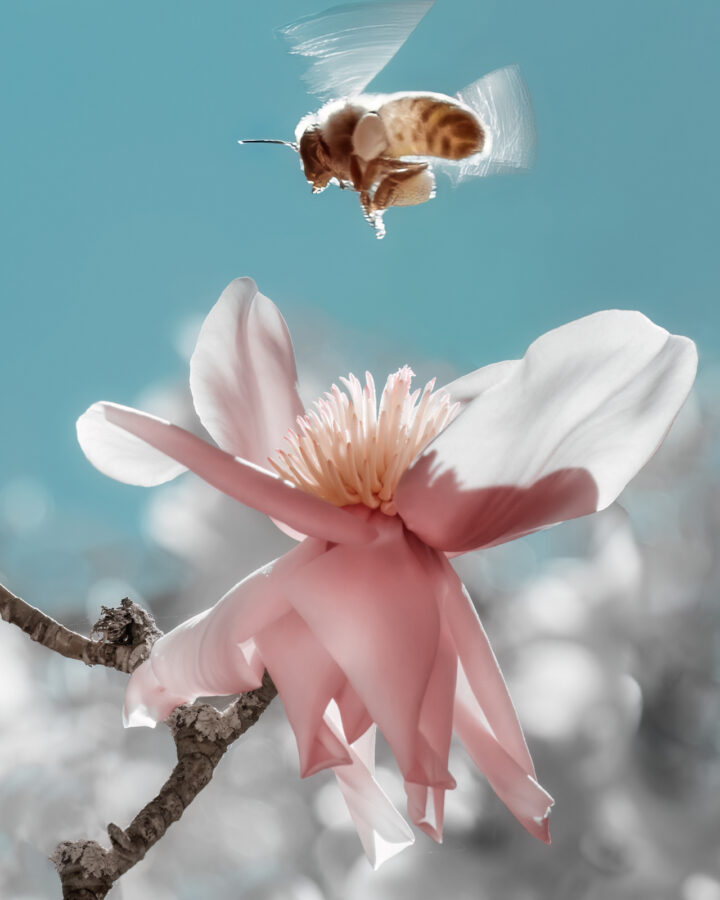
Experience A Deeper Sense Of Meaning
Time… money… and the last member of the Trinity of Creative Resources, energy. These are the three currencies we all have available in varying amounts, to save and spend as we see fit.
Invisible, uncountable energy can be a tricky one to manage well. Most of us are, right now, the healthiest we’ll ever be, but that doesn’t preclude developing bad knees or a growing weariness for the mountain pack and sleeping on the ground. One of my photography mentors is even currently recovering from a major stroke. This is just part of life. Physical realities can change our photography careers and the way we see ourselves. For some, how you steward your energy may be the biggest determinant of your creative output.
A while back, I had a couple of years of chronic migraines. I wasn’t able to get out into the hills I love to photograph for a bit. This is where staring at weeds in the sidewalk came in for me. One day I picked a dandelion, brought it inside and snapped a few frames with my infrared camera. I then experimented with other infrared seed head portraits, and a few floral still lifes. All just on my little bedside table next to the window. I couldn’t manage much at the time, but I had to do something.
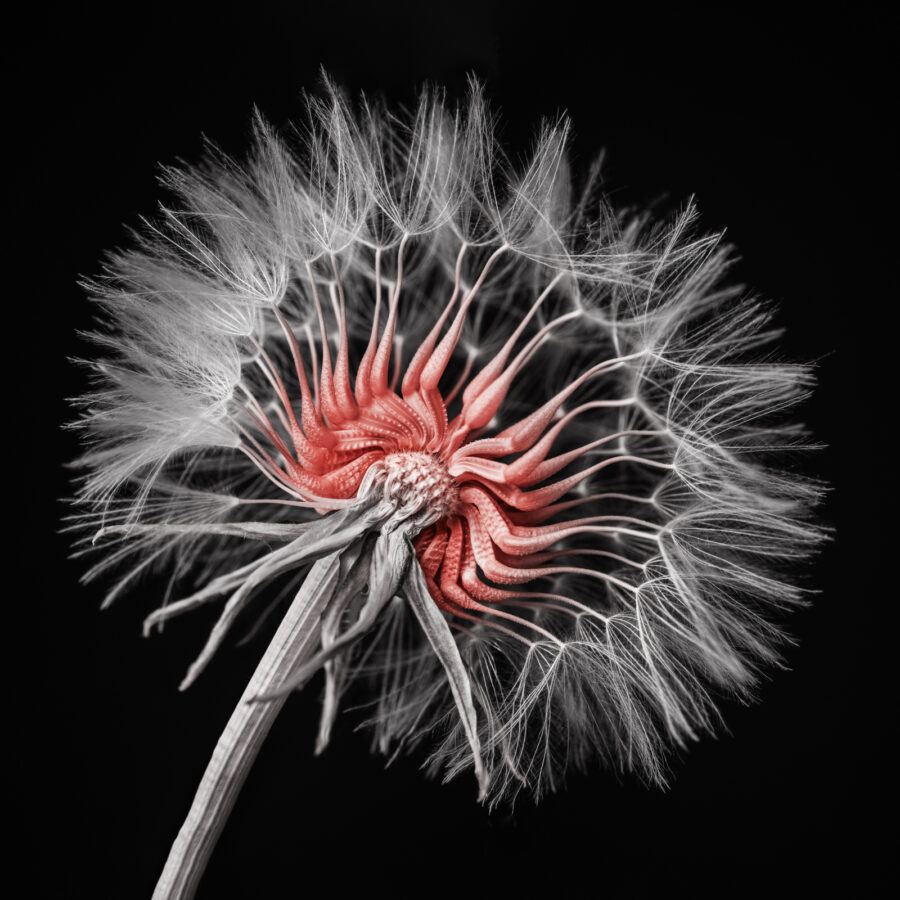
I personally liked the new botanical images, but some people let me know right away that they preferred my landscapes. (If this ever happens to you, laugh it off and stay the course, okay?) The botanicals became my first big sales and even won a couple of awards, and were the catalyst for me to become a full-time photographer. Who’d have thought?
By the way, speaking of health challenges, my friend who had the stroke is doing well but can’t quite hold the camera yet. Lately he’s been leaning out the passenger window with his iPhone, taking gorgeous photos of everything from the Golden Gate Bridge on down to seaside Mexican villages.
I’m not trying to convince you that suffering has a silver lining or is a necessary part of success. But don’t let anything keep you from your true purpose. Find a way, even if it means dialing back to a much simpler state or taking a hard left onto an unmarked dirt road. It’s the doing that matters. So manage your currencies and do as much or as little as you can, whenever you can.
Of all the things that conspire to keep us from manifesting our best work, the time, money and energy it requires are not the real issues. It’s our mental framing around those things. Are there hidden assumptions, thoughts or fears holding you back? Is anything holding you back?
Turn it loose. Work to get obstacles out of the way. Or leave them in place and make your way around them. Just… do the thing you were meant to do. Your time is now.
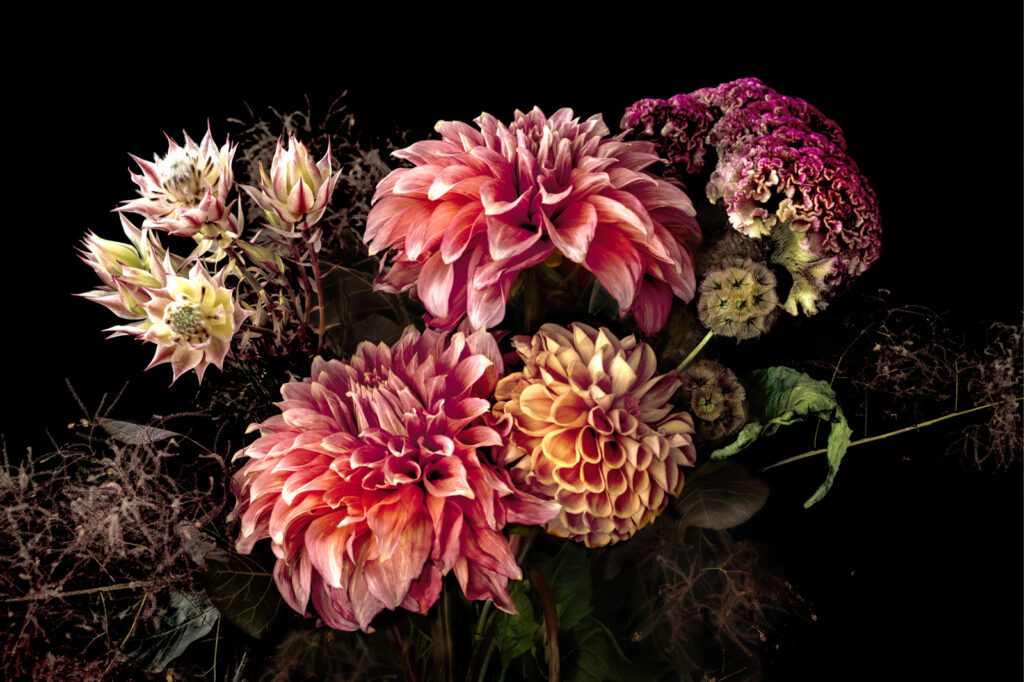
You can see more of Rain’s work at RainHayes.com, and keep up with her on Instagram, Facebook, and Twitter.


